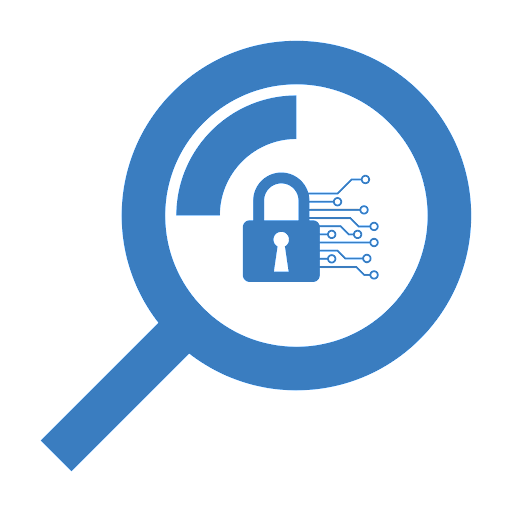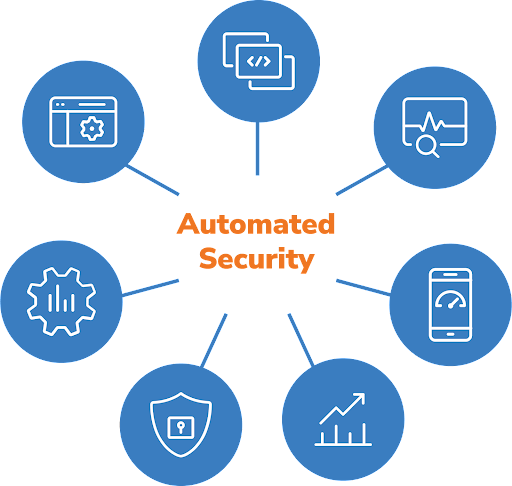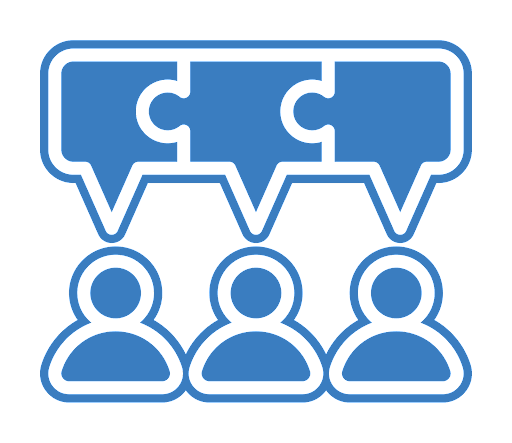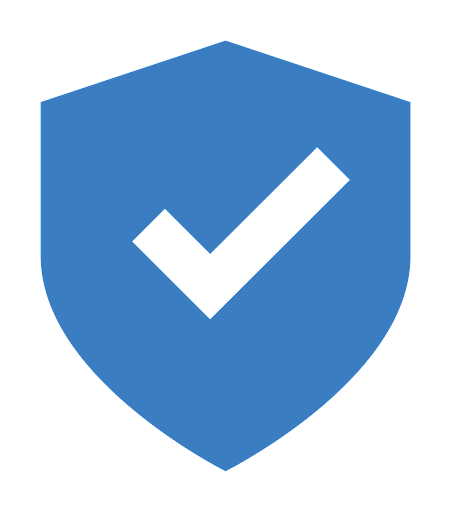5 Steps to Secure Your Software from Cyber Attacks through Effective Security Testing

As software development becomes increasingly complex and advances at an unprecedented pace, the need for quality assurance (QA) and security testing has never been greater. In today's world, where technology is king, cybersecurity has become a critical aspect of software development. After all, malicious cyberattacks can have a significant impact on businesses, including data breaches, financial loss, and damage to reputation.
Cyberattacks are a real and growing threat, and organizations must take steps to protect their software systems from these threats. According to the 2020 Verizon Data Breach Investigations Report, web application attacks accounted for 40% of all security incidents and 82% of all data breaches.
Software vulnerabilities are often the root cause of these attacks. How can we avoid this? By conducting a software security test of course! Security testing can help organizations prevent them by identifying and fixing vulnerabilities before they can be exploited. In this article, we will discuss key steps that organizations can take to strengthen their QA processes and protect their software systems from cyberattacks through security testing.
Understanding Security Testing

You may wonder, “why security testing is important?” Security testing is the process of testing software to identify vulnerabilities, weaknesses, and potential security threats.
- Security testing involves various techniques, such as static and dynamic analysis, penetration testing, and vulnerability scanning.
- Static analysis involves examining the source code to identify vulnerabilities, while dynamic analysis involves testing the software in a running state to identify security issues.
- Penetration testing is a simulated cyber attack to identify vulnerabilities in software, and vulnerability scanning uses automated tools to scan software for known vulnerabilities.
So now that you know about the importance of software security testing, let’s look at the top software vulnerabilities to address in security testing.
Common Security Vulnerabilities

Software can face many security vulnerabilities, so it’s essential to understand and address them. The most common security vulnerabilities are SQL injections, cross-site scripting, and buffer overflows.
1. SQL injection

SQL injection is an attack where an attacker exploits a software application by injecting malicious SQL statements, allowing unauthorized access to a database.
2. Cross-site Scripting

Cross-site scripting is among the list of software security vulnerabilities where an attacker injects malicious code into a website, allowing the attacker to steal sensitive information.
3. Buffer Overflows

Buffer overflows are another type of attack where an attacker overflows a buffer in software, allowing them to execute arbitrary code.
Steps to Secure Your Software from Cyberattacks
-
Integrate security testing into the software development life cycle (SDLC)

There are various steps for software development life cycle success. The first step in strengthening QA and protecting your software from cyber attacks is to integrate security testing into the software development life cycle SDLC. Security testing should be performed at all stages of the SDLC, from design and development to deployment and maintenance. Software development life cycle security will help ensure that security considerations are integrated into the software from the start, reducing the risk of vulnerabilities being introduced.
-
Use Automated Security Testing Tools

Another way to secure your software from cyberattacks is to automate security testing. Automated security testing tools are a valuable tool for organizations looking to scale and streamline their security testing efforts.
These tools can automate repetitive and time-consuming tasks. When to use automated testing? You can use it for vulnerability scanning, and to provide consistent and reliable results!
Organizations should consider using a combination of automated and manual security testing methods to ensure that their security testing efforts are comprehensive and thorough.
-
Implement Security-by-design

Security-by-design is an approach that incorporates security considerations into the design and development of software systems.
Organizations should adopt a security-by-design approach, incorporating security into their SDLC and using secure coding standards and practices.
This will help organizations prevent security vulnerabilities from being introduced in the first place.
-
Regularly Assess and Update Security Controls

Regular security assessments and updates to security controls are critical to ensuring that software systems remain secure.
Organizations should regularly assess their security controls and update them as necessary to reflect changes in the threat landscape.
Regular security assessments can help organizations stay ahead of the latest threats and ensure that their systems remain secure.
-
Collaborate with Security Experts

Organizations should work with security experts to develop and implement effective security testing strategies. Security experts can provide valuable insights into the latest security threats, as well as best practices for security testing and mitigation. Organizations should also consider working with third-party security testing organizations to provide additional expertise and resources.
Best Practices for Effective Security Testing

There are security testing best practices to pay attention to. Effective security testing is essential for maximizing quality assurance and ensuring software is secure from cyberattacks. The following are some software security testing best practices:
- Use automated tools to scan software for vulnerabilities regularly.
- Perform regular vulnerability assessments and penetration testing to identify and address potential vulnerabilities.
- Stay up-to-date with the latest security trends and vulnerabilities.
- Collaborate with the development team to ensure that security testing is integrated into the software development life cycle.
- Implement security protocols such as firewalls, intrusion detection systems, and data encryption.
In conclusion, security testing is a critical component of software development and QA, and is essential to the overall security of software systems.
Organizations must invest in a proficient UAT tester, QA team, and the necessary resources to ensure that their software systems are secure, and they must adopt best practices such as integrating security testing into the SDLC, using automated security testing tools, implementing security-by-design, regularly assessing and updating security controls, and collaborating with security experts.
By doing so, organizations can reduce the risk of cyberattacks and ensure the confidentiality, integrity, and availability of sensitive information and systems.

At the Heart of SJ Innovation: How we Coordinate our International venture

FRIDAY FUN ACTIVITY : A MUST AT EVERY WORKPLACE


